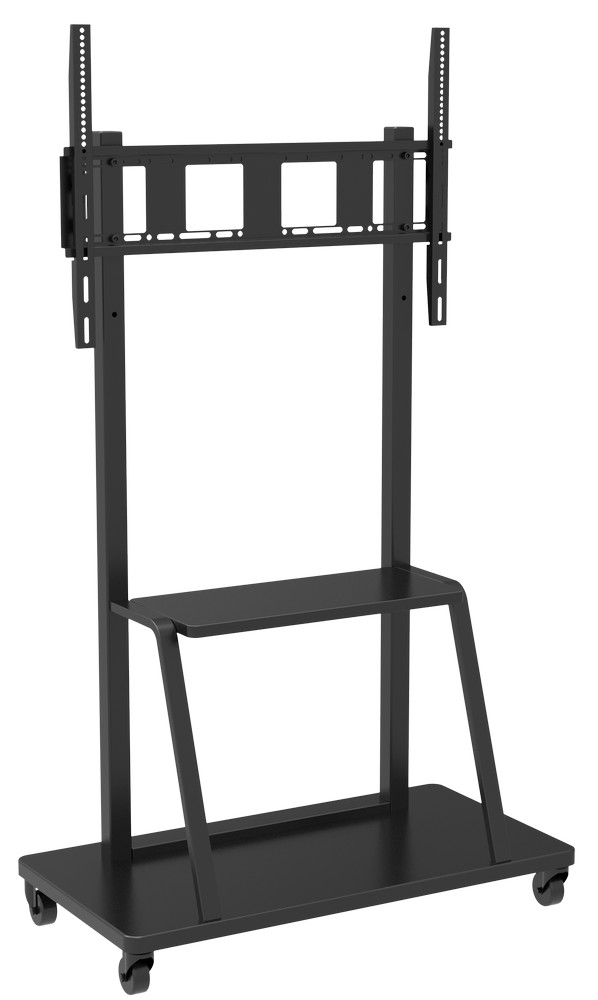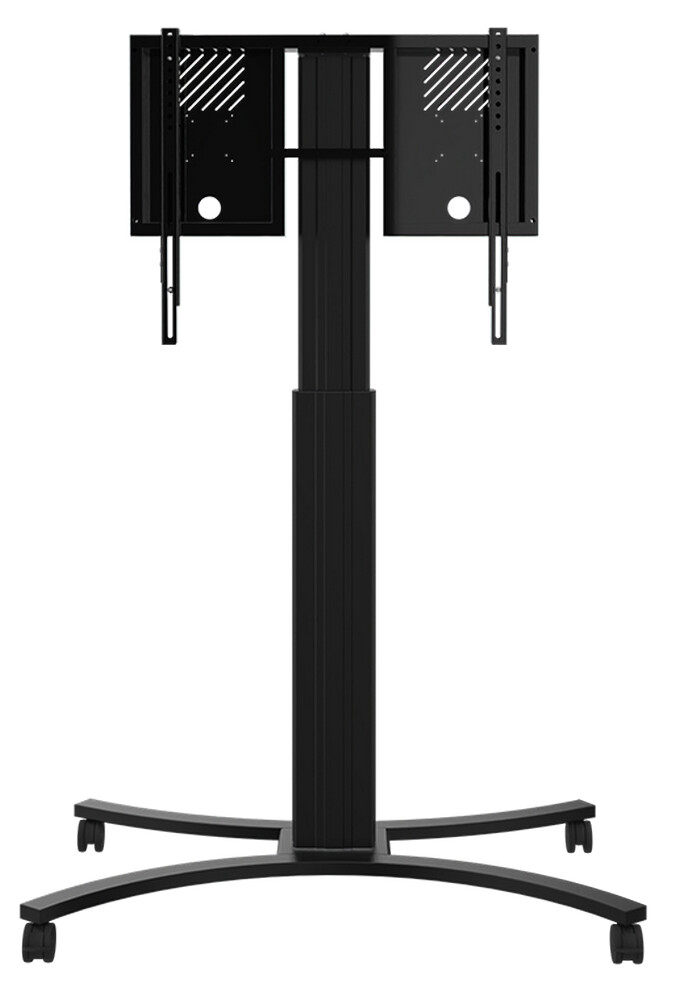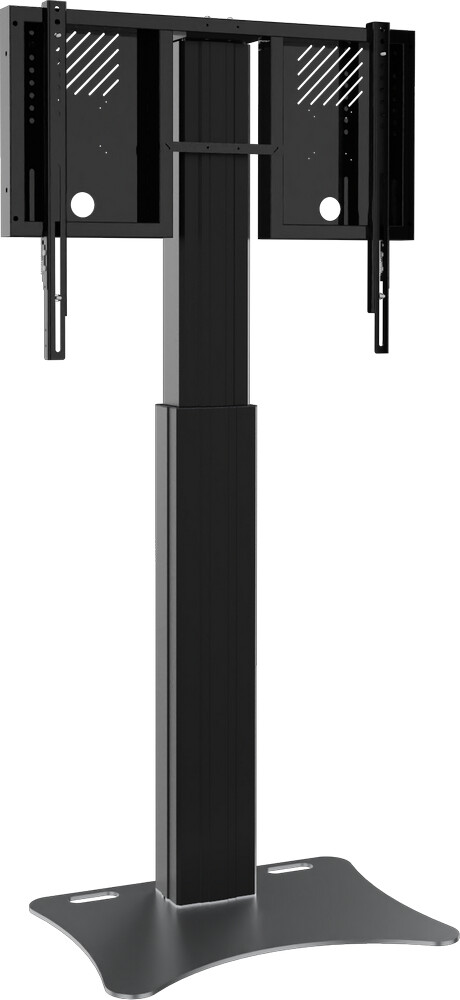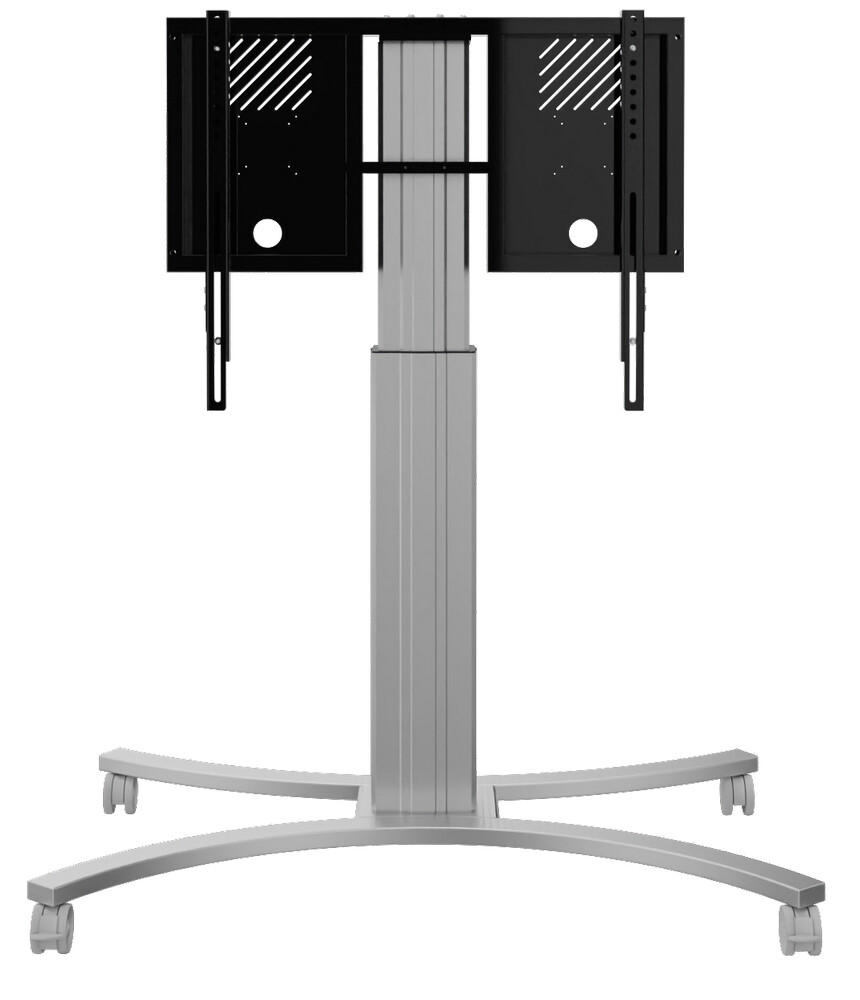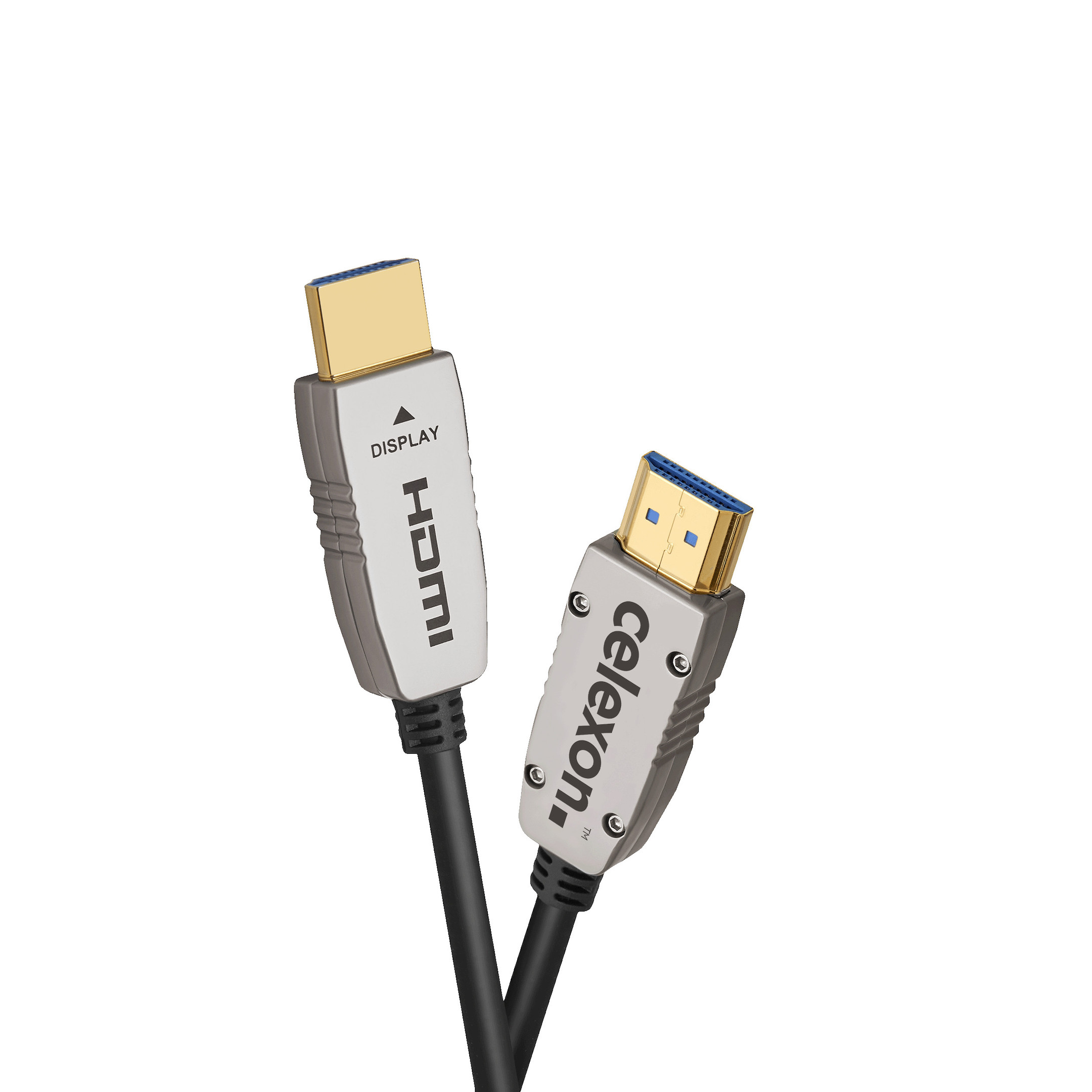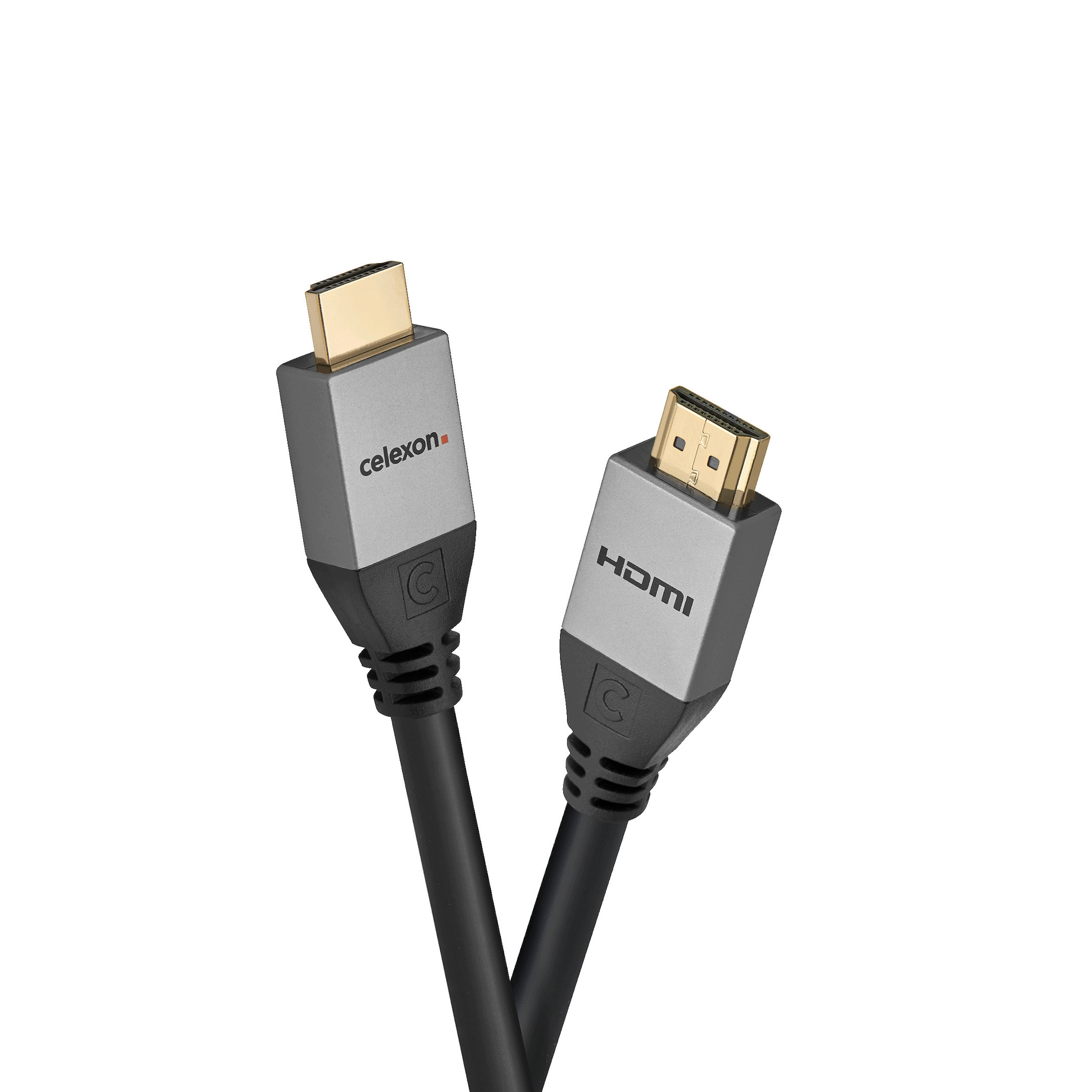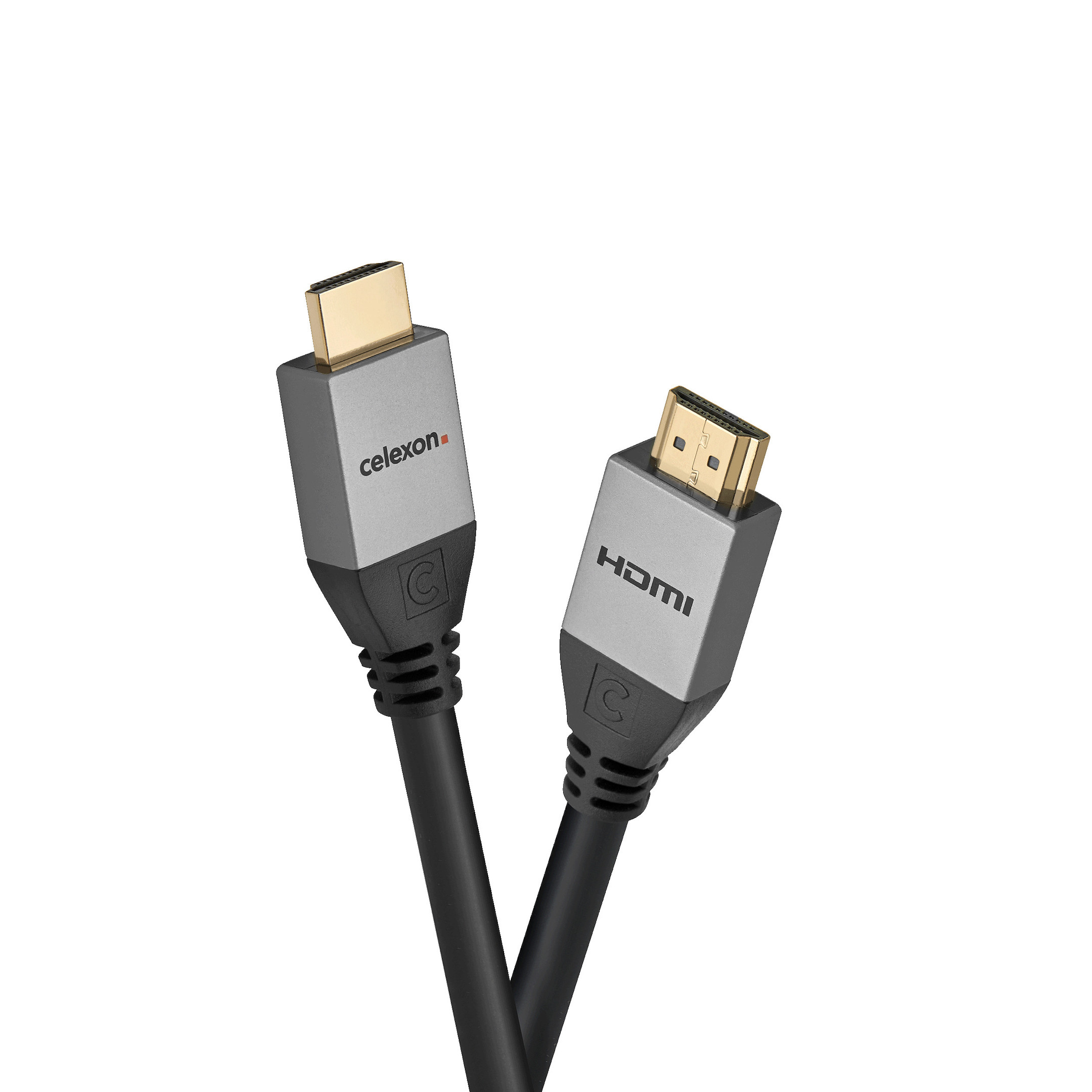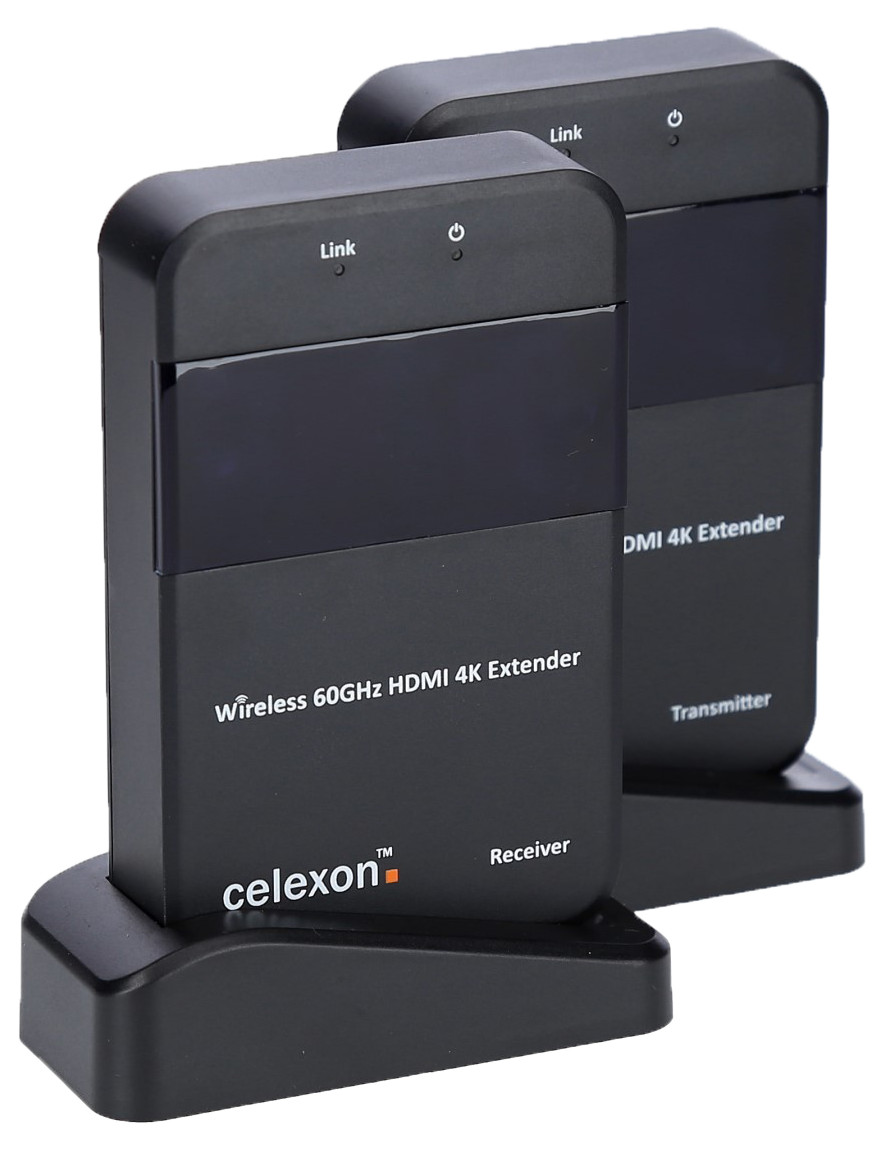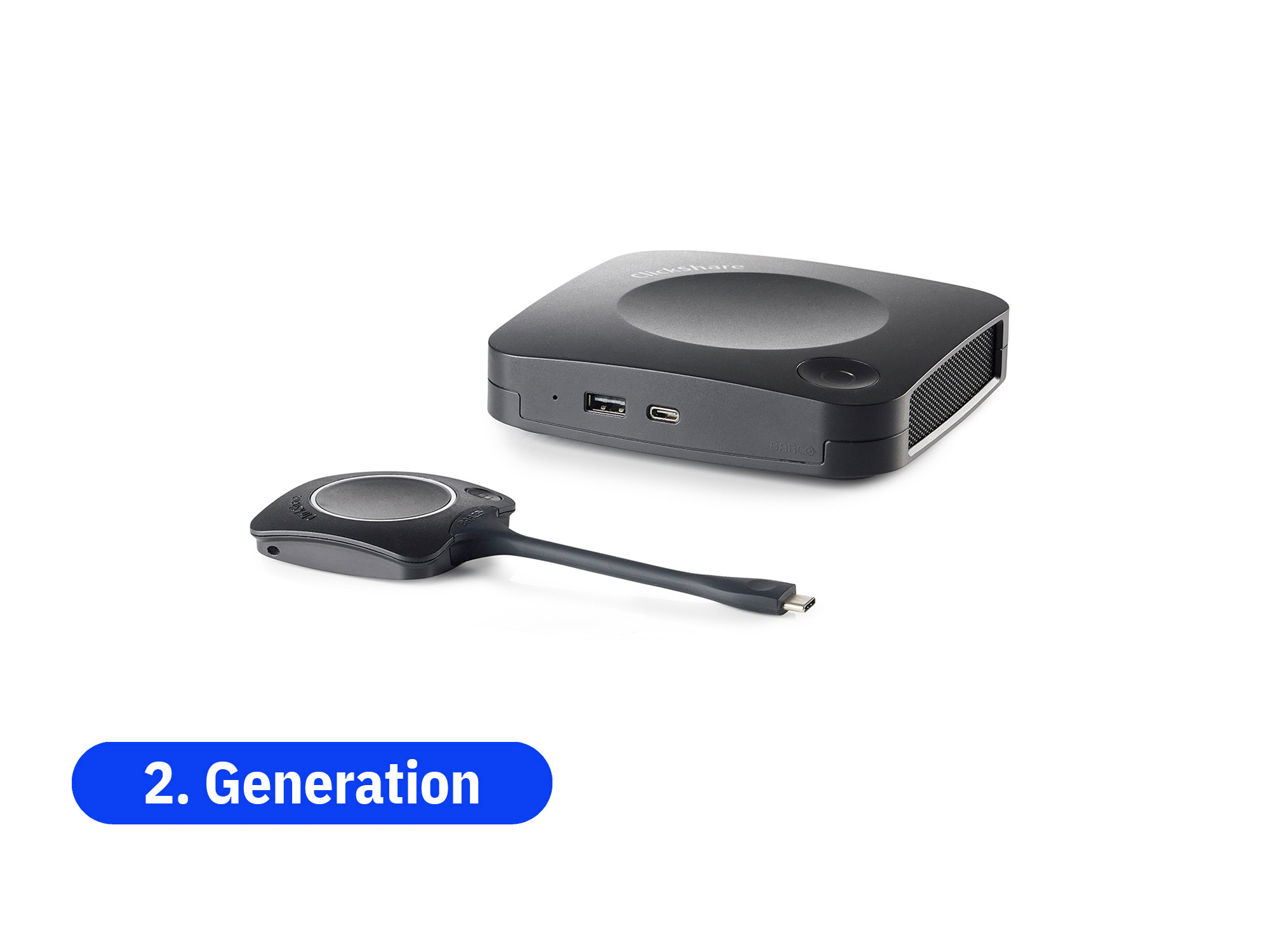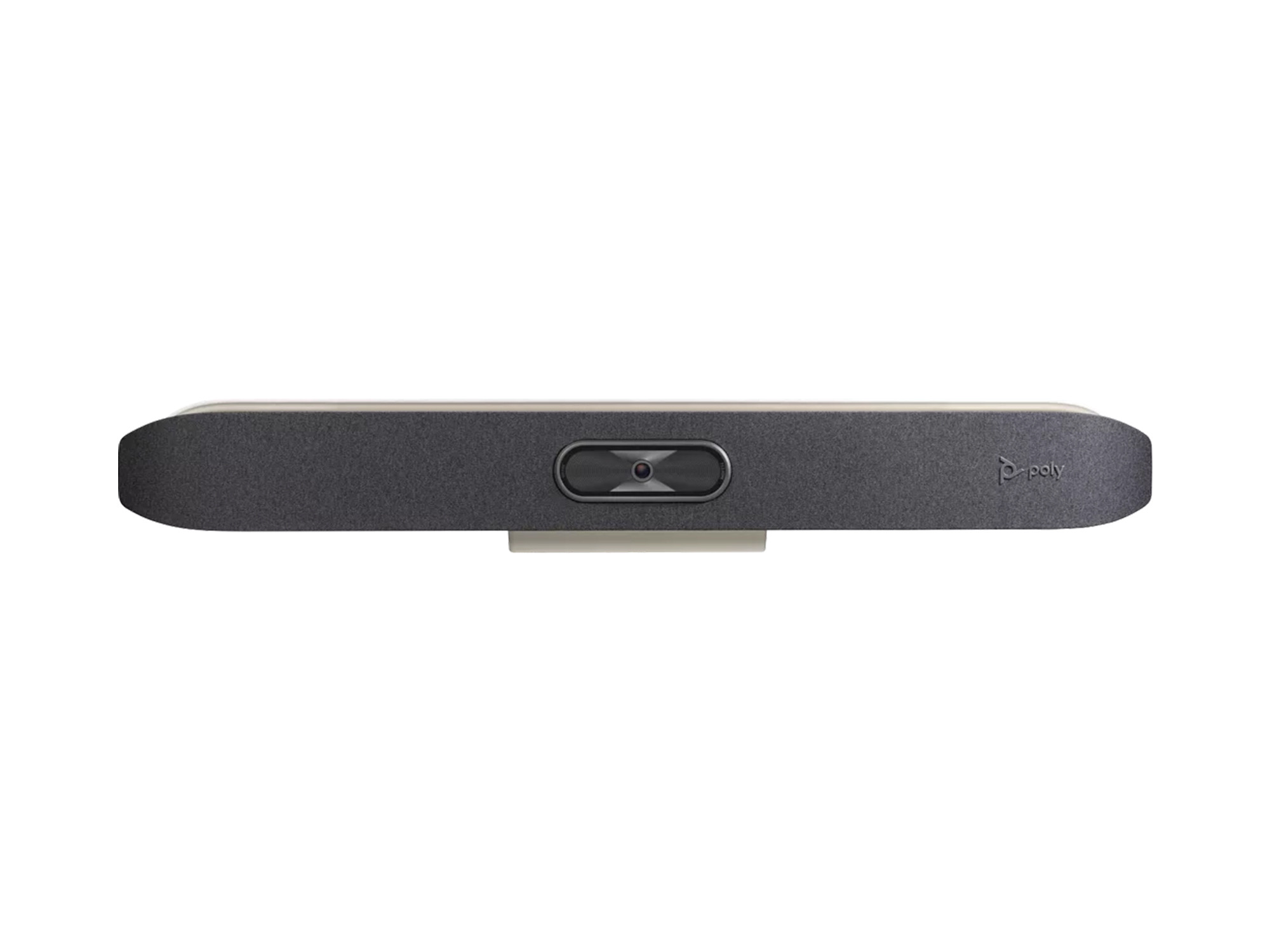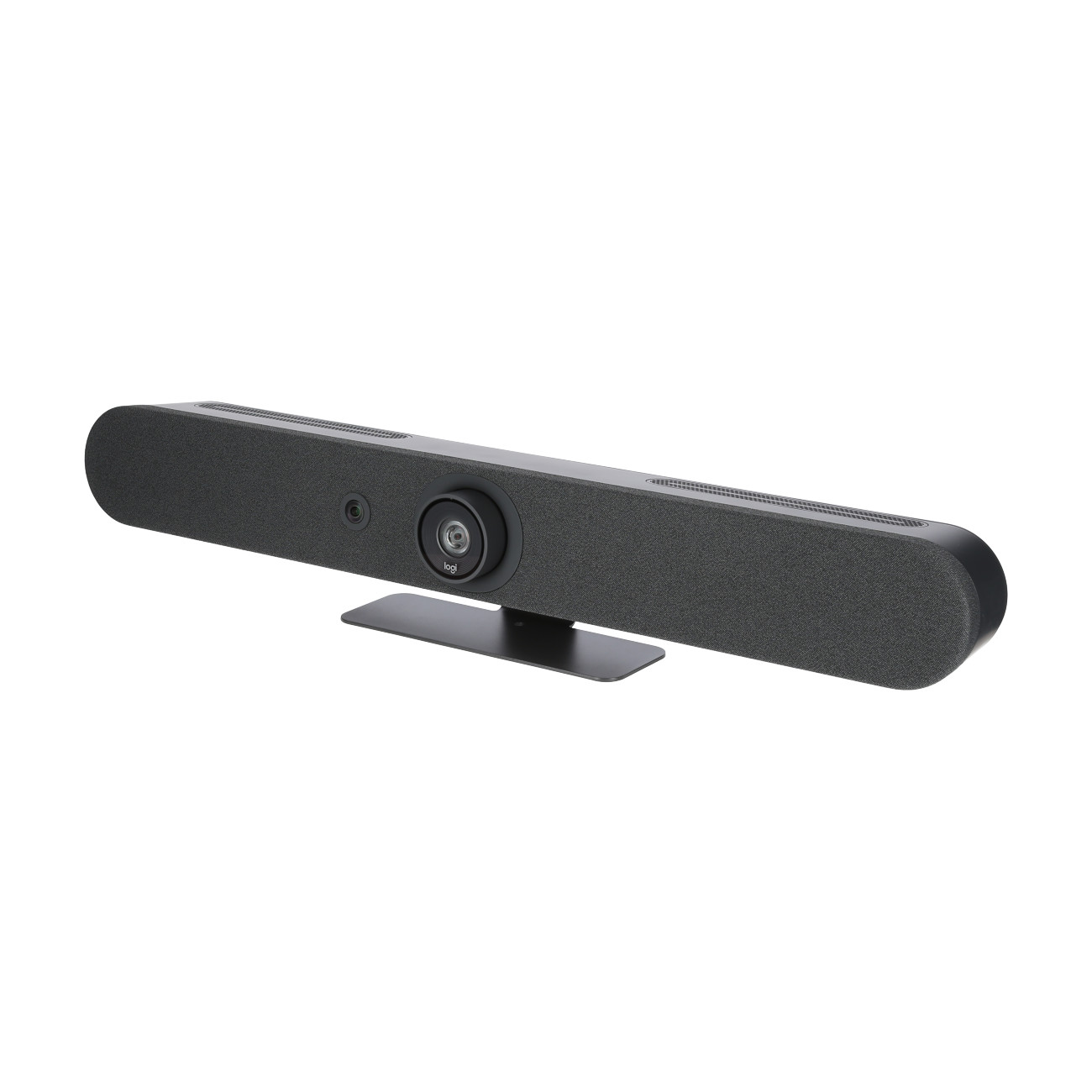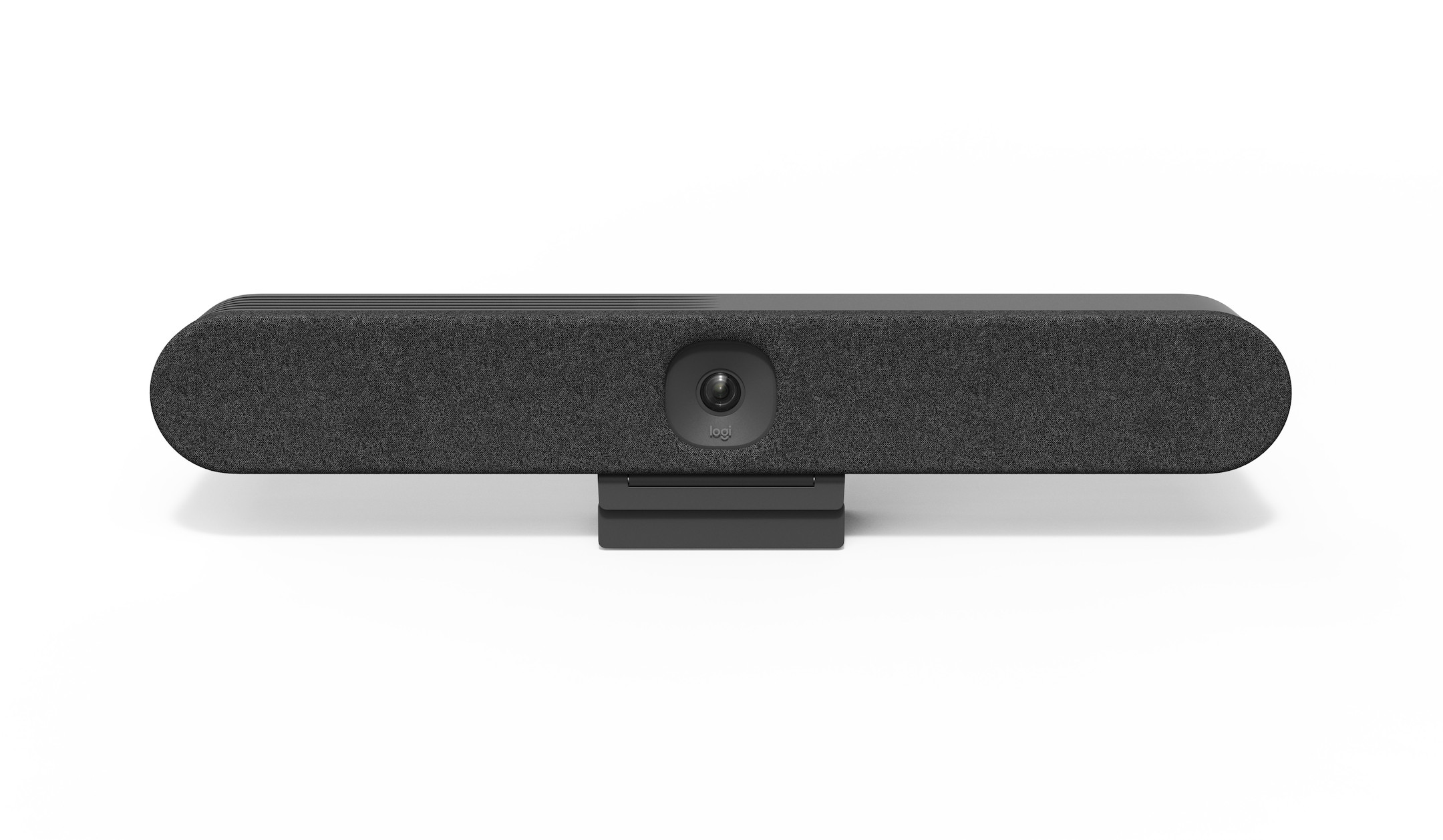
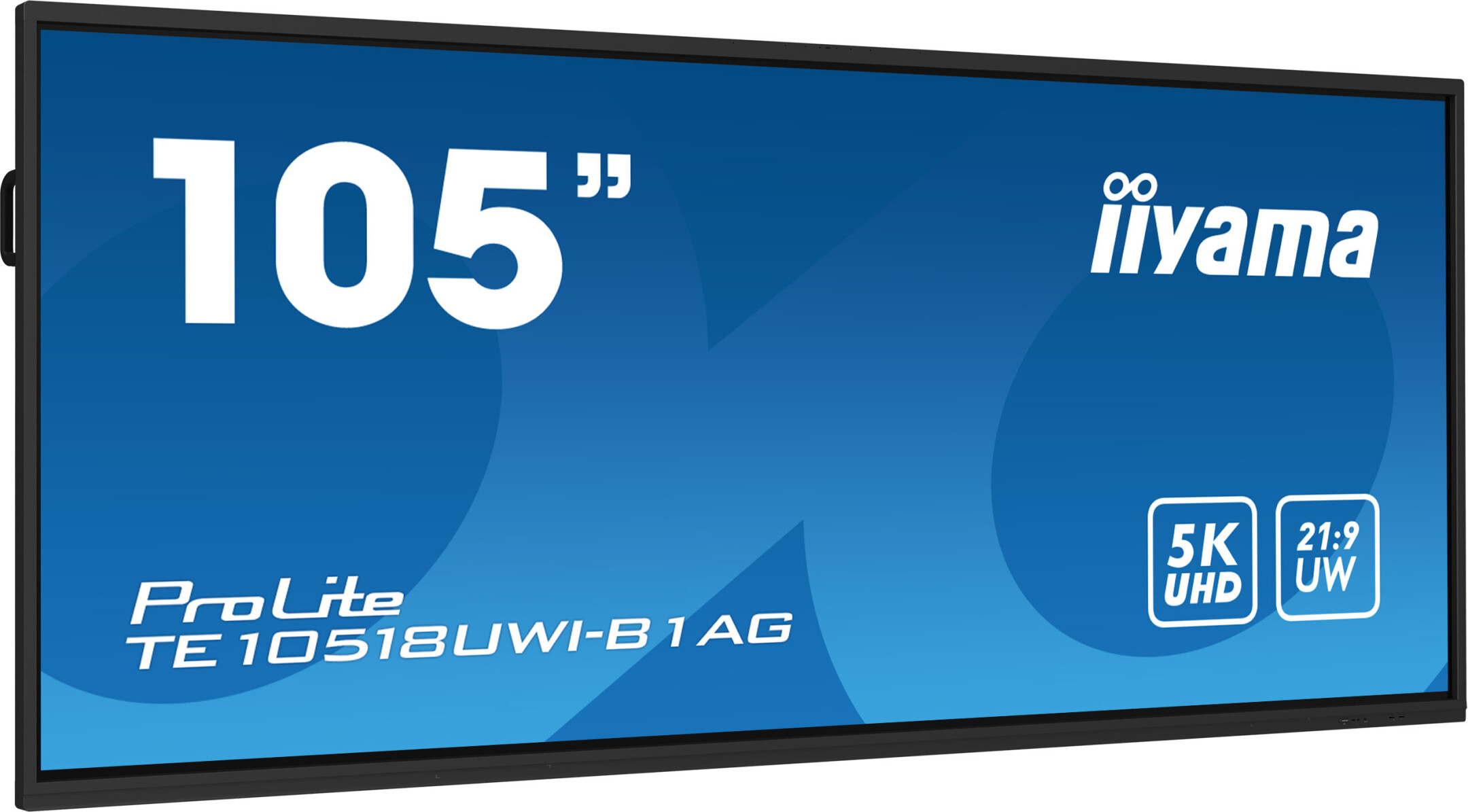






































£5,943.88*
- Resolution 5120 x 2160 5K
- Max. Brightness 400 cd/m²
- Panel type VA
- Contrast Ratio 4,000 :1


Frequently purchased together
Product information
The 105-inch ultra-wide interactive display with 21:9 panoramic view provides a versatile and stunning visual solution for all organisations. iiyama TE10518UWI-B1AG offers a true 21:9 panoramic ultra-wide view for all content and applications.
The thin bezel display shows vivid and larger than life images and videos with 5K resolution that makes all the difference. High-end meeting room integration enables the much-promoted Microsoft Teams Front Row experience in 21:9 format and offers a lifelike gallery view when sharing content with clear visibility of chat and raised hand notifications in the sidebar.
The Control Room configuration also enables a large-scale display for security and large dashboard applications. Thanks to the hybrid solution package of Android OS and OPS slot PC features, iiyama offers the right tools for intuitive interaction for every interactive need.
The TE10518UWI-B1AG is a revolutionary 105" 5K UHD multi-touchscreen interactive display that brings a new level of collaboration and engagement to the workspace. Packed with cutting-edge technology and a host of impressive features, the interactive display is designed to transform the way we work, communicate and share ideas. Whether in meeting rooms, classrooms or collaborating in meetings, this 105" interactive display in 21:9 ultra-wide format is the ultimate tool to promote creativity, productivity and seamless communication.
21:9 - ULTRAWIDE
Experience a true panoramic view for all your content and applications
5K - 11MP
Live and larger-than-life images and videos with 5120 x 2160 resolution that make all the difference.
iWARE 11
Includes Note, Browser, Cloud Drive and optional tested apps for your business.
USB-C CONNECTION
Delivers the latest video, audio and touch from a single port and even charges your device with 100W of power.
STANDALONE SOLUTION
Unlock all the security and flexibility of Windows IoT with the optional OPS Slot PC.
PURETOUCH-IR
Precise and responsive 40pt touch technology with touch pen recognition.
Technical data
| Name | iiyama TE10518UWI-B1AG 105" Touch display |
|---|---|
| Article number | 1000028025 |
| GTIN/EAN | 4948570122011 |
| Manufacturer SKU | TE10518UWI-B1AG |
| Model name | TE10518UWI-B1AG |
| Brand | iiyama |
| Product Type | Touch display |
| Product Series | iiyama TE Series |
| Technology | LCD |
| Panel type | VA |
| Resolution | 5120 x 2160 5K |
| Diagonal | 105" |
| Aspect Ratio | 21:9 |
| Viewing angle - Horizontal | 178° |
| Viewing angle - Vertical | 178° |
| Contrast Ratio | 4,000 :1 |
| Screen finish | Matt |
| Max. Brightness | 400 cd/m² |
| run-time | 16/7 |
| Response time | 6.5ms |
| Support - VESA | 1000 x 600 |
| Frame width | 9 mm |
| Operating system | Android |
| Inputs | 1x 3,5mm Jack , 1x Displayport , 1x RS232 , 1x USB-A , 1x USB-C , 2x Ethernet , 2x USB-C , 4x HDMI , 7x USB-A |
| Outputs | 1x 3,5mm Jack , 1x HDMI |
| wireless technology | WiFi |
| Features | Touch screen |
| Product width | 250.7 cm |
| Product height | 113 cm |
| Product depth | 10.3 cm |
| Weight | 91.4 kg |
| Colour | Black |
| EEK Spectrum | A to G |
| Delivery contents | HDMI Cable , Power cable , USB cable |
| Condition | New |
| Warranty | 36 Month |
| Warranty type | Onsite Repair Service and support information |
Product safety
| Person responsible for the EU |
|---|
| iiyama International Corporate |
| Wijkermeerstraat 8 |
| 2131 HA Hoofddorp |
| Netherlands |
| info.de@iiyama.com |




